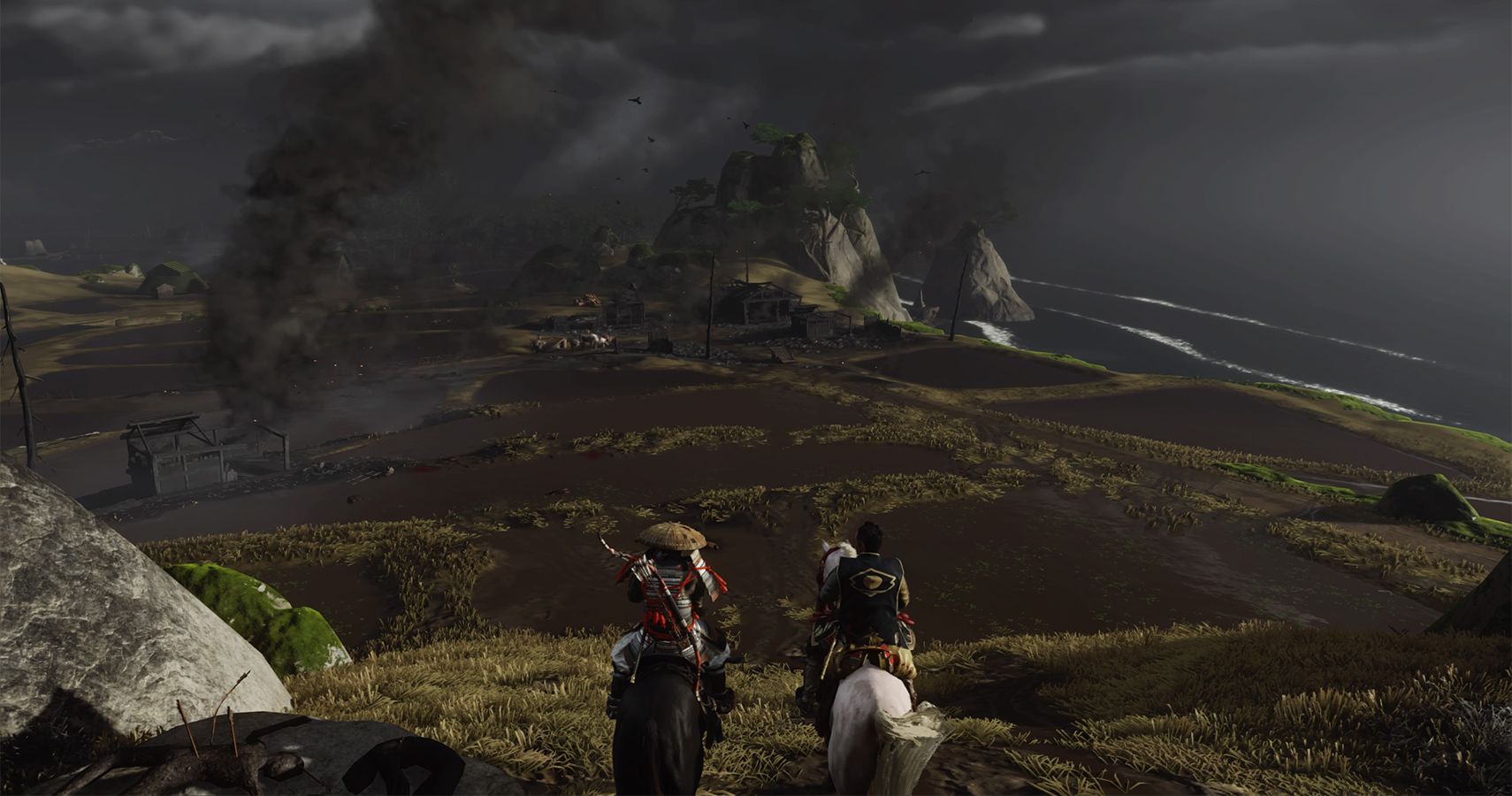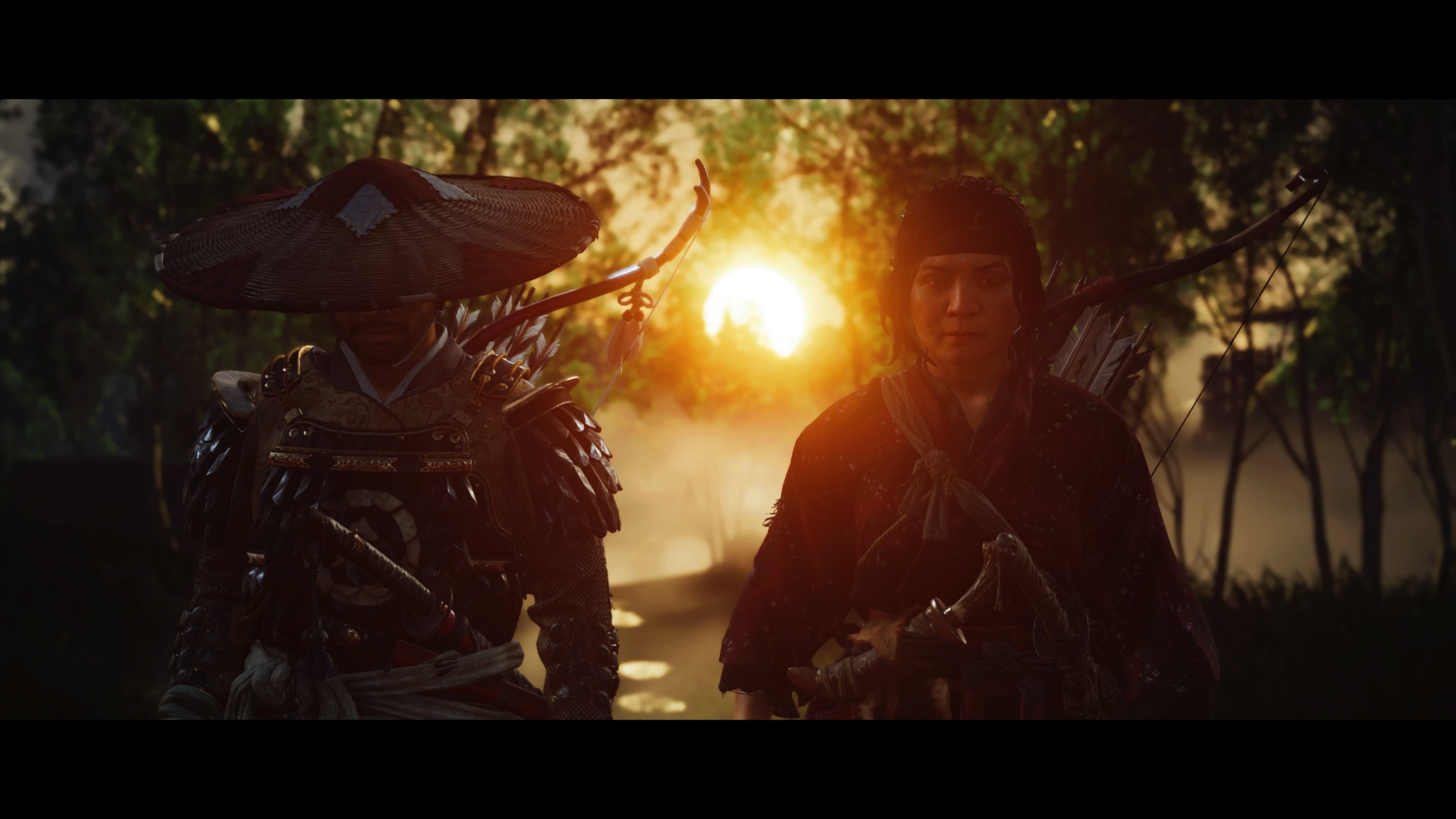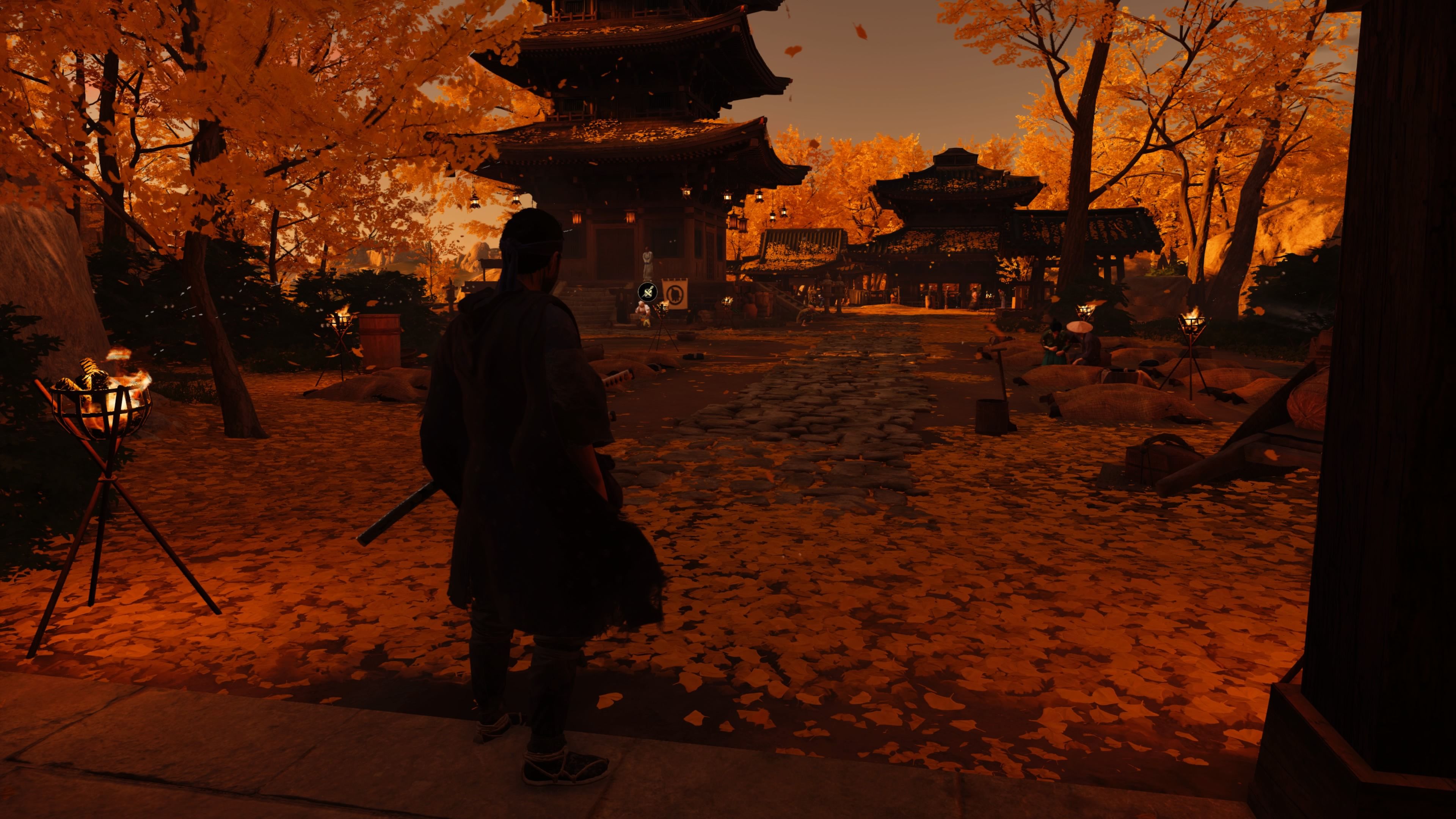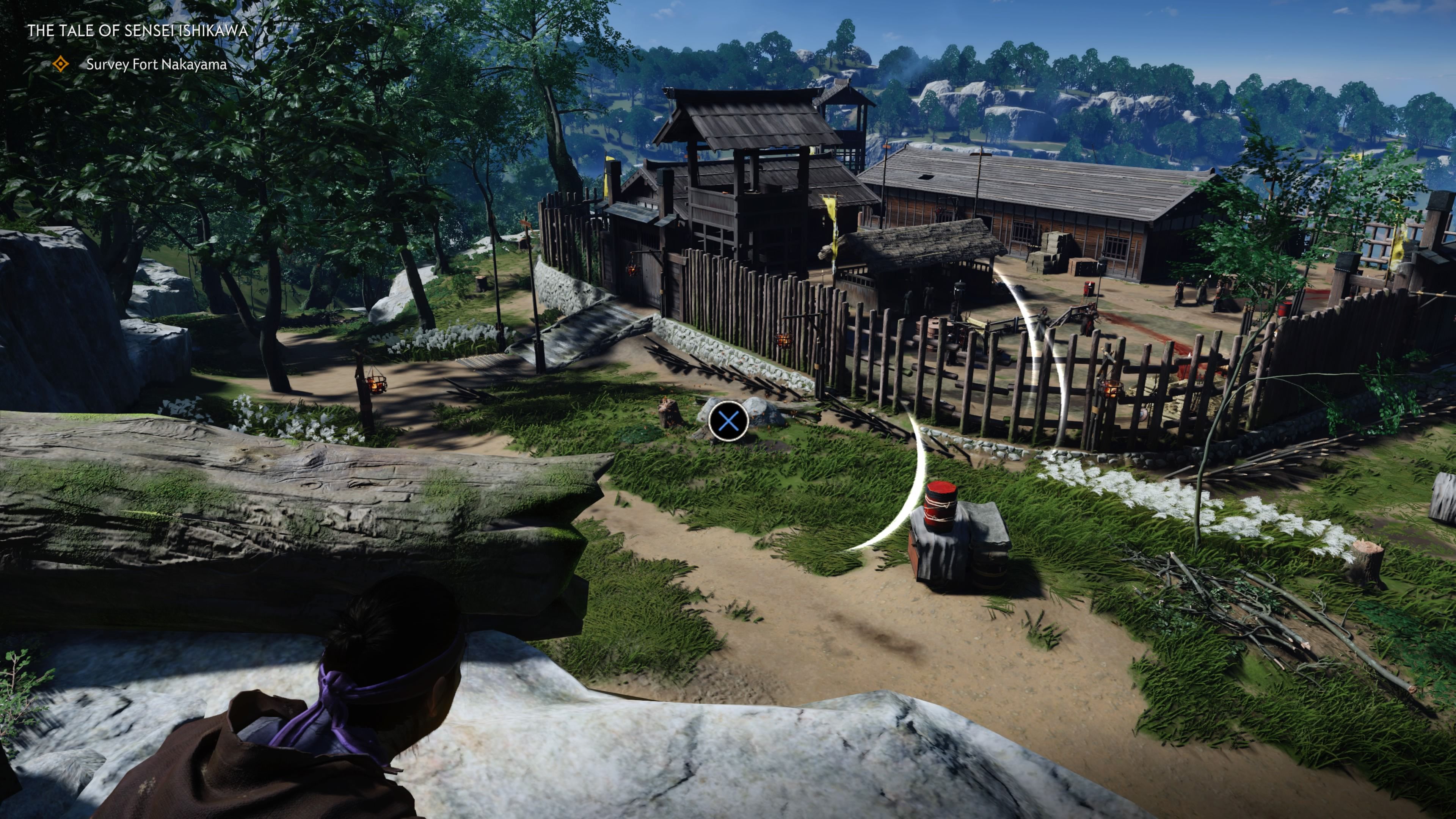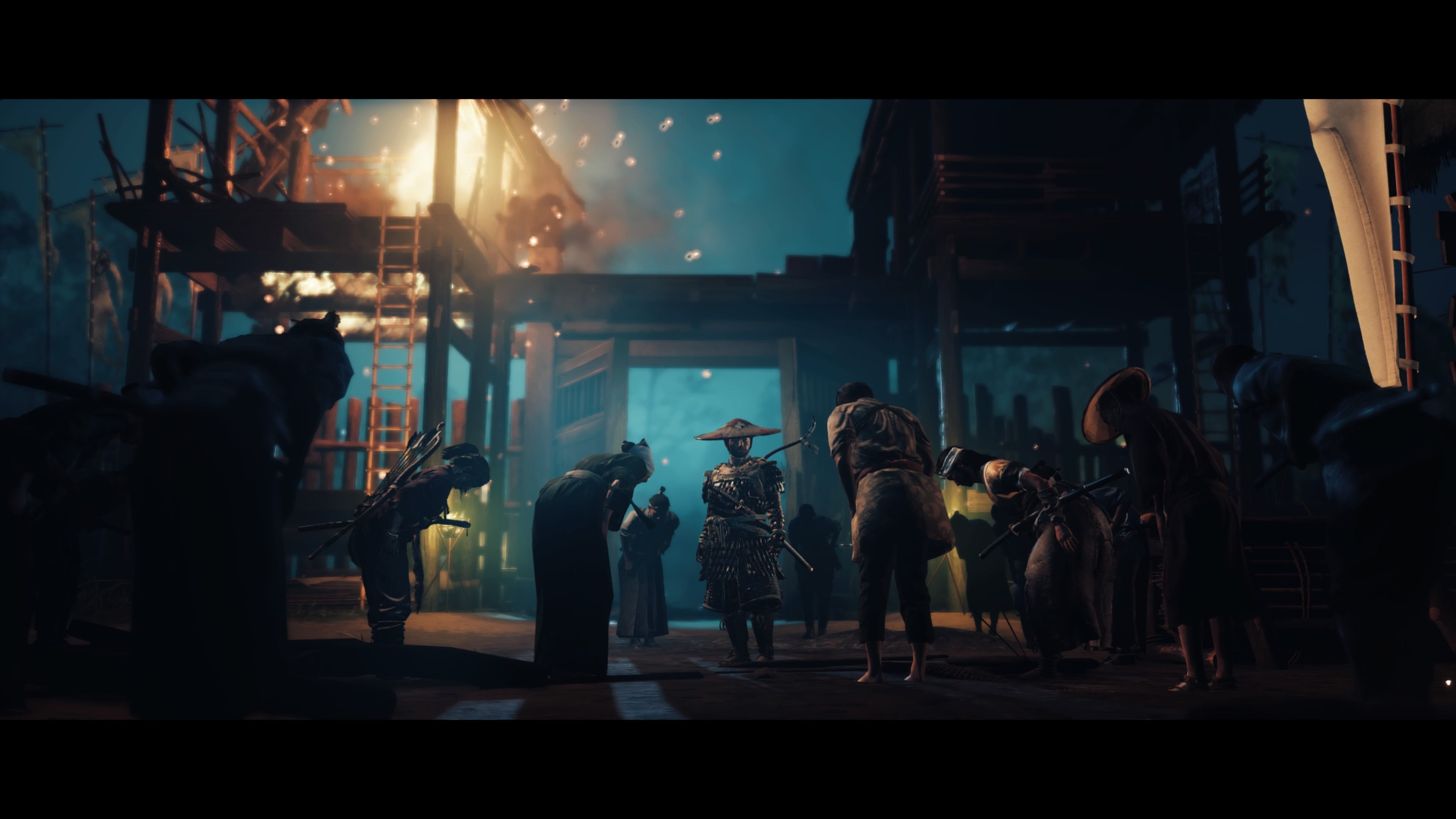Reviewing a game on the scale of Ghost of Tsushima is a difficult prospect. There are a lot of different elements to dissect that will appeal to certain audiences more than others. If you've been loyal to Sony this generation and like more cinematic based games, then Sucker Punch's latest feels like the best magnum opus possible for the PS4.
If you've fallen off of the triple-A hype bandwagon and have come to like something more gameplay focused than Ghost of Tsushima is likely to do little for you. On a technological level, this might be one of the most impressive games ever crafted. On a narrative level, it's basic Hollywood fluff with little defining personality. On a mechanical level, it's boilerplate open-world design with aspirations of being grander.
Needless to say, I’m as conflicted about Ghost of Tsushima as its main character is about the life he is leaving behind.
Open-World Japan
The main plot of Ghost of Tsushima can be summarized as "Take back Japan." During the first Mongol invasion in the 13th century, you assume the role of Jin Sakai and are defeated in battle on the beach of Komoda. Saved by the unlikeliest of allies, you set out to thwart the brutal Khotun Khan and drive out the invaders from your homeland. It's very heavy, dramatic stuff, but it goes absolutely nowhere.
None of the characters really have personalities beyond "I'm a warrior" and the themes of "The Old Ways Won't Work" or "Become The Enemy To Stop The Enemy" are so stereotypical of big-budget filmmaking that it just never becomes interesting. About halfway through, you'll likely know how the game ends and that's a total shame.
The gameplay is where you'll need to look for enjoyment. On paper, all of the elements are fine, but they never coalesce into a gripping whole. To be reductive for a minute, Ghost of Tsushima is like if Ubisoft created an Assassin's Creed without all of the nonsensical padding and microtransactions. You'll be stalking foes like a stealthy assassin, engaging in brutal samurai duels that can be finished in a single strike, and roaming around an overly large open-world that is littered with menial tasks.
The story missions have high production values, but almost always encompass the same objectives. Scout out an area, storm a camp, clear out the Mongols: it is all very rinse and repeat and this goes on for the roughly 20-hour story. What you do in the first hour is exactly what you'll be doing in the last and it can be deflating.
To help mix things up, developer Sucker Punch has given you a skill tree full of unlockable abilities, but none of these truly matter. The most important aspects of Ghost of Tsushima's combat system are its different sword stances and those are unlocked almost with story progression. You can undertake some side quests to get them earlier, but they'll come from defeating leaders and you'll be doing a lot of that on the main path.
Everything else available to you is simply for your own personal preference. If you want to go stealth and silently, there are a litany of upgrades to make your Ghost gadgets more efficient. Some of these are mighty useful (the Kunai is indispensable), but the enemies you face won't require special tactics. Playing on Hard difficulty, I completely ignored upgrading the different stances and was perfectly fine in every combat scenario.
Almost Photoesque
The animations for sword swinging are excellent and the audio design is top-notch, but what undoes a lot of the goodwill earned through Ghost of Tsushima's wonderful visuals is the awful camera. In the thick of a battle, the camera loves to get stuck on objects or obscure incoming enemies. The mechanics work a little like the Batman Arkham games in that you'll be parrying attacks and chaining hits together, but it's frustratingly common to get blinded by an enemy since he's out of focus.
This carries over to the Duels, which often act as boss fights. Ghost of Tsushima is so focused on being "cinematic" that it never really considers if its visual design or camera placement is conducive to solid gameplay. Mongol generals will be placed right in the middle of a blistering sunset and you'll completely miss the red X used to indicate an unblockable attack. It is utterly maddening.
Still, there are moments when the game comes together a bit. The final mission in Act 2 is insanely strong and introduces a Rage-meter like ability that should have been given to the player 10 hours earlier. This lets you end combat encounters with a single strike and it can make quick work of tough foes. It also showcases the one spot when Ghost of Tsushima nails its pacing.
But for every other moment, you're just wandering around the island of Tsushima on your horse. Objectives are generally not spaced out that much, but you'll run across a few that are four kilometers away and it's just a game of riding and riding while doing nothing else. Little details entice you to explore side content, but even all of that ends up feeling like filler.
You have Shinto shrines (think platforming challenges), hot springs, Inari shrines, etc, but they never differ. If you see a fox, he's taking you to an Inari shrine. If you see some smoke, it's likely a combat encounter. The one activity that is better is the various character-related Tales, but even those repeat the same basic design of story missions. You go somewhere, kill a bunch of people, and then get an awkwardly shot in-game cutscene to cap it off.
The Way Of The Sham-urai
There is more I can delve into, but I'm at a loss for words. Ghost of Tsushima is something I was drawn to because of its inspiration from classic Samurai cinema. What I ended up getting was a Hollywood interpretation of that. It isn't bad in the strictest sense, but it truly fails to live up to the films that inspired it.
Some people will be okay with that and will even enjoy the open-world trappings Ghost of Tsushima offers. For me, I'm not sure if I can tolerate more riding around looking for boring filler while wishing triple-A gaming could finally deliver a truly compelling story.
A PlayStation 4 copy of Ghost of Tsushima was purchased by TheGamer for this review. Ghost of Tsushima is available now for PlayStation 4.
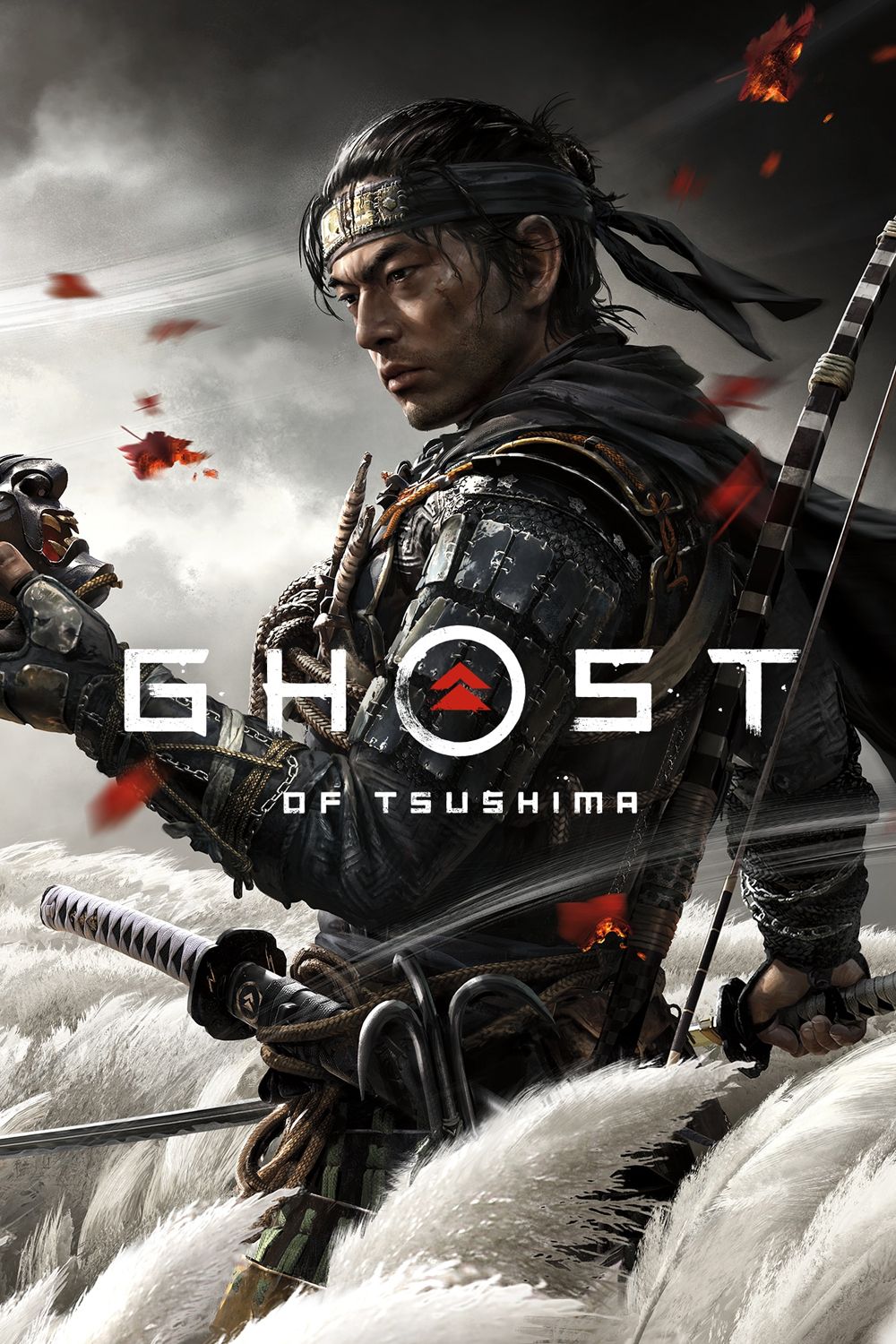
Ghost of Tsushima
Placing you loosely into real history, you take on the role as the Jin Sakai, a lone warrior fighting to bring peace to your home. Will you take on the role as the titular Ghost of Tsushima, forsaking the honor of the samurai in order to defeat the invading Mongols?

